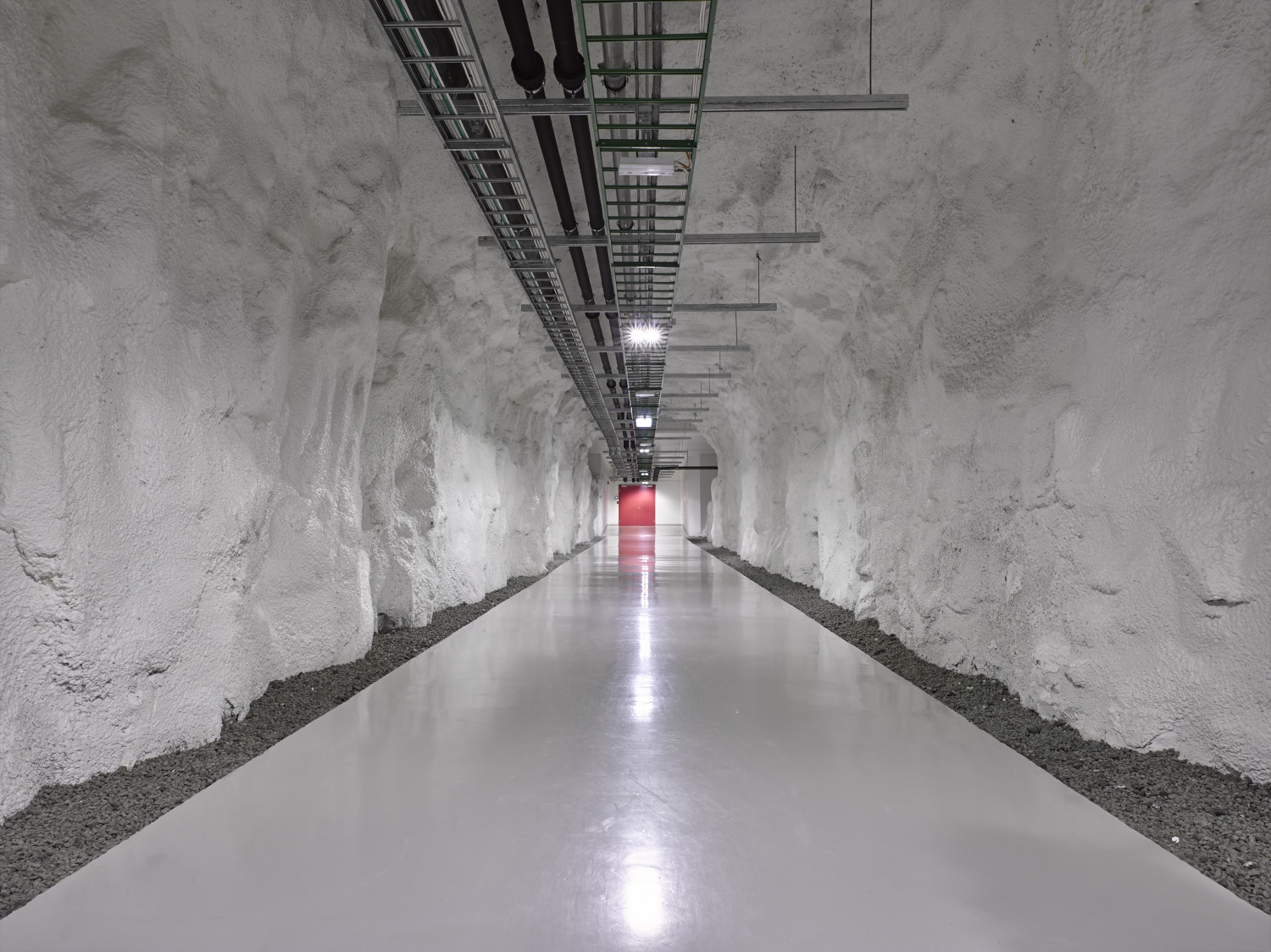We didn’t think the DC1-Stavanger data centre could get any greener, but Vertiv and Norwegian colocation provider Green Mountain have announced that they’ve deployed cutting-edge technologies to further increase efficiency and sustainability at what was already among one of the greenest data centres in the world.
Based in a former NATO facility carved deep in a mountain, the DC1-Stavanger data centre runs on 100% renewable hydropower and is cooled with water from the fjord, which provides a continuous temperature of 8°C all year round.
Green Mountain is now implementing a series of Vertiv technologies to take one of the world’s most efficient data to the next level in its green journey.
The unique location offers a great advantage in leveraging renewable energy sources and minimising cooling equipment for close-to-zero CO2 operations. However, like all data centres it requires uninterruptible power supplies (UPS) and thermal management systems to maintain optimal uptime.
“Sustainability affects everything we do, and sustainability is very important whenever we build new colocation centres and have new features in it,” said Alexander de Flon Rønning, Green Mountain’s design and product manager.
“All customers can see where we get our energy from. It’s a key differentiator for us.”
Giordano Albertazzi, president for Europe, Middle East and Africa at Vertiv commented, “The Climate Neutral Data Centre Pact, signed by major European cloud and data centre operators, represents the latest commitment from the data centre industry to reduce its environmental footprint.
“An effective transition to a sustainable and digital future will require both the deployment of new, state-of-the-art data centre facilities and the upgrade of existing sites to harness the latest and most efficient technologies. Vertiv is proud to support this effort.”
After extensive research, Green Mountain executives visited the Vertiv Customer Experience Centres in Italy to see Vertiv technologies in action and test performances in peak conditions.
As a result, Green Mountain chose high efficiency Vertiv™ Liebert® PCW chilled water perimeter units, for a total installed cooling capacity of 5 MW. Liebert PCW provides high efficiency standards thanks to a combination of latest technologies and an internal design which optimises the aerodynamics of all internal components.
Vertiv was also chosen as supplier of UPS systems for another project deployed in parallel, providing several Liebert® EXL S1 UPS systems, supported with lithium-ion battery backup, a longer-life alternative to traditional VRLA battery systems.
“For Green Mountain, the sustainability of the products and of the suppliers is a key factor when purchasing new equipment.
“Vertiv technologies are the most energy efficient I have seen, and this will further improve our overall sustainability which already has an extremely high rating,” commented de Flon Rønning. Moreover, Vertiv’s systems are extremely compact.
“Given that our data centre is carved in a mountain, we don’t have any extra rooms,” said de Flon Rønning. “We couldn’t blast through more of the mountain to make more space for data centre equipment.”
“Managing the project during Covid-19 was difficult,” added de Flon Rønning. “We were concerned that all factories and deliveries would shut down.
“Fortunately, Vertiv stepped up and helped, among other things, by tracking the shipments and making sure the equipment was delivered smoothly despite closed borders and logistical challenges. If Vertiv hadn’t helped with the shipments, we could not have completed the project in time.”
“As we build other projects, we’ll look at Vertiv data centre technology,” de Flon Rønning noted. “When we select a partner, we do so from a strategic perspective for a long-term relationship.”
According to the International Renewable Energy Agency (IRENA), data centres play a pivotal role being at the epicentre of technology innovation, energy efficiency, renewables, and the data economy enabled by digitalisation.
Data centre operators like Green Mountain can be taken as a role model to accelerate the sustainable energy transition and pave a path that other power-hungry industries could follow.

